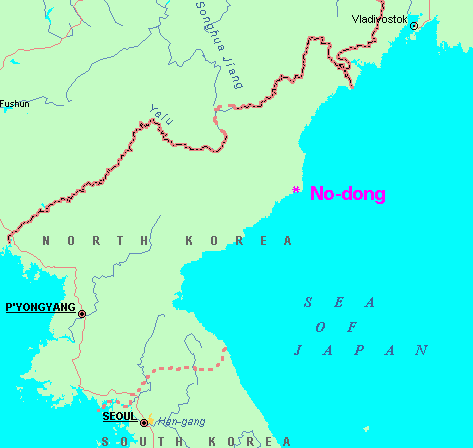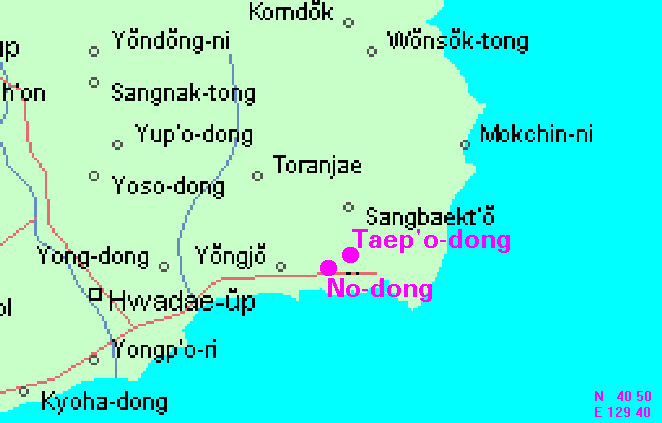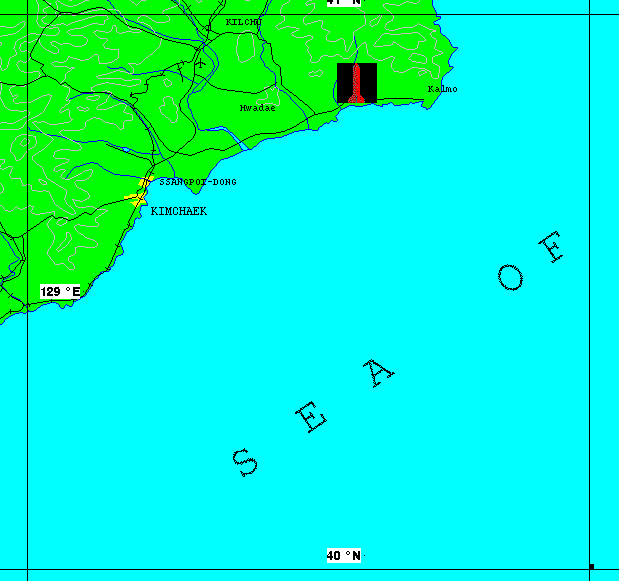




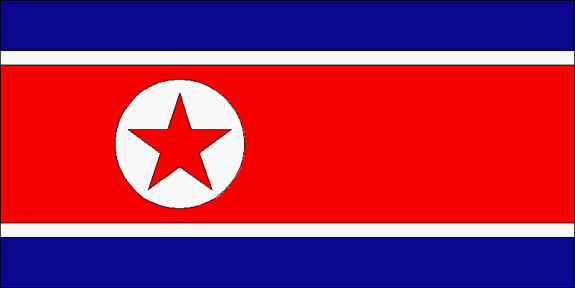
| IMAGERY Click on the small image to view a larger version |
|
Space Imaging IKONOS 01 November 1999 |
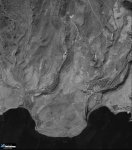 Full Scene |
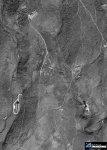 Missile Facility |
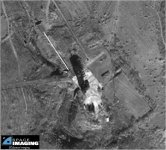 Launch Pad |
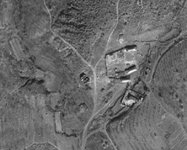 Possible Support Area |
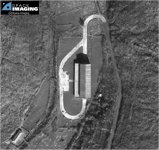 Missile Assembly Building |
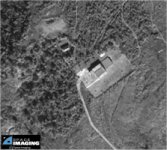 Probable Range Control Facility |
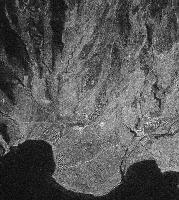 CORONA - Mission 1114-2 - 01 April 1971 |
The Nodong launch facility increasingly mesmerized American security planning during the 1990s, with the various North Korean missiles tested from this site constituting the primary threat driving American theater and national missile defense programs. It is fittingly paradoxical that tens of billions of dollars should have been spent, and a range of national policies reoriented, on account of this distressing modest and underwhelming missile test facility. The newly available commercial IKONOS satellite imagery reveals the vaunted Nodong test site as a facility barely worthy of note, consisting of the most minimal imaginable test infrastructure.
It is quite evident that this facility was not intended to support, and in many respects is incapable of supporting, the extensive test program that would be needed to fully develop a reliable missile system. In the United States, typically at least twenty test flights are required in the development of a large intercontinental ballistic missile, while smaller missiles are typically tested a larger number of times before being declared operational. The most noteworthy features of the Nodong facility are those that are entirely absent: the transportation links, paved roads, propellant storage, and staff housing that would be needed to support an extensive test program.
The North Korean missile program has always been distinguished by the disparity between the extremely modest and protracted North Korean test activities and the vast scale of the American response to this program. The modest ambitions of the North Korean test program are clearly revealed by the scale and nature of the Nodong test facility, which is surely the antithesis of Cape Canaveral. The Nodong facility betrays no indication of permanent occupancy, but rather gives every evidence of consisting of a temporary encampment to which launch crews might from time to time repair to test their handiwork. There is a complete absence of any manner of industrial support or other test facilities, and the bare bones test infrastructure is connected by no more than a spidery network of unpaved trails.
The Nodong launch facilities are not designed for winter operations, but only for the occasional satellite launch campaign in the spring, summer, or fall of the year. The complex is located at some remove from major transporation nodes such as the port at Kimchaek or the highway airstrip south of Kilchli. There are no railway connections, nor even paved roads connecting the launch complex with the outside world. While this profound isolation may be only a modest barrier to a test program consisting of a single launch every few years, it is evidently inconsistent with the transportation requirements posed by a serious missile test programs with launches every few months, such as are conducted by America, Russia or China. Although the dirt and gravel roads that connect the facilities at the test site may suffice for tests at intervals of years, a serious test program would generate frequent vehicular traffic that would neccessitate paved roads, since dirt and gravel roads would quickly collapse into a sea of muddy ruts and wallows. Infrequent testing can be supported by trucking in precisely that quantity of propellant needed for the test at hand, but missile test facilities normally include separate liquid propellant storage areas sufficient to support a number of tests. While infrequent launch campaigns may be treated as campground outtings, extensive test programs require the sustained presence of hundreds of personnel, and permanent housing nearby to support this sustained presence.
North Korean ballistic missiles are test fired from a facility on North Korea's eastern coast not far from the town of Nodong, and about 10 km from the town of Taepodong. Initial construction of this missile base in Musudan-Ri, Hwadae County, North Hamgyong Province, was reportedly completed in 1988. Since that time, a total of two missile tests have been conducted from this facility. A prototype of the Nodong-1 missile was detected on a launch pad in May 1990, and the single test flight of this missile was conducted on May 29-30, 1993. And in August 1998 the longer-range Taepodong-1 missile was launched in what was claimed to be an attempt to orbit a small satellite.
During 1999 preparations were detected for the launch of the much larger Taepodong-2 missile. Since May 1999, US reconnaissance satellites monitored developments apparently related to another missile launch. Construction of a rebuilt launch pad was nearly complete by late July 1999. The new pad is evidently for launching the Taepo Dong-2, which has a longer range than the Taepo Dong-1 (with a range of more than 1,500 kilometers) was launched in August 1998. Compared to the previous pad (with a height of about 22 meters), the new pad is 1.5 times taller, standing about 33 meters. As of early August 1999 it appeared that the Taepo Dong-2 vehicle was already complete and is stored near the launch pad. However, it had not been transported over to the launch pad. It is said that it would take two days to set the missile on the launch pad and then to load liquid fuel from a tanker. Therefore, preparations for a launch could be confirmed in advance by US reconnaissance satellites. By year's end these activities were abandoned with no launch resulting.
According to some media reports, North Korea has conducted three or four static tests of Taepo-dong missile engines at Musudan Base in North Hamgyong Province between December 1999 and January 2000.The test facility is roughly triangular, consisting of a single launch pad, a range control facility located 850 meters to the Northwest of the launch pad, and a Missile Assembly Building [MAB] located about 500 meters directly due West of the launch pad. While the MAB is oriented due North, the remainder of the complex is roughly oriented 35� West of North [with incidental variations of a few degrees off this axis]. These three major elements of the test facility are connected by a network of unpaved roads and trails, some of which are evidently peculiar to the test facility, others of which may be associated with local agricultural activitiy.
According to Im Young-sun, a defector from North Korea, for security reasons all inhabitants residing in the area within a radius of 80 Km of this base were reportedly ordered to move out. This claim is evidently untrue, since a number of small agricultural settlements are located in close proximity to the test facility. Comparing the 1999 IKONOS imagery with the 1971 CORONA imagery, it is clear that there has been a significant expansion in the number of dwellings and associated structures in these settlements. Indeed, the missile test facilities are interspersed with active agricultural areas, and there is no evident security perimeter sepearating the missile test facilities from the surrounding agricultural communities.
It is equally evident that the various built-up areas surrounding the missile test facility have no functional association with this facility. There is a complete absence of residential structures that might be associated with missile test staff, as well as a complete absence of larger structures that might provide "industrial" or other operational support. While the casual use of proximate agricultural dwellings or other structures by missile test staff or operations cannot be excluded, there are no identifiable functionally related modifications in the surrounding communities indicative of such use.
